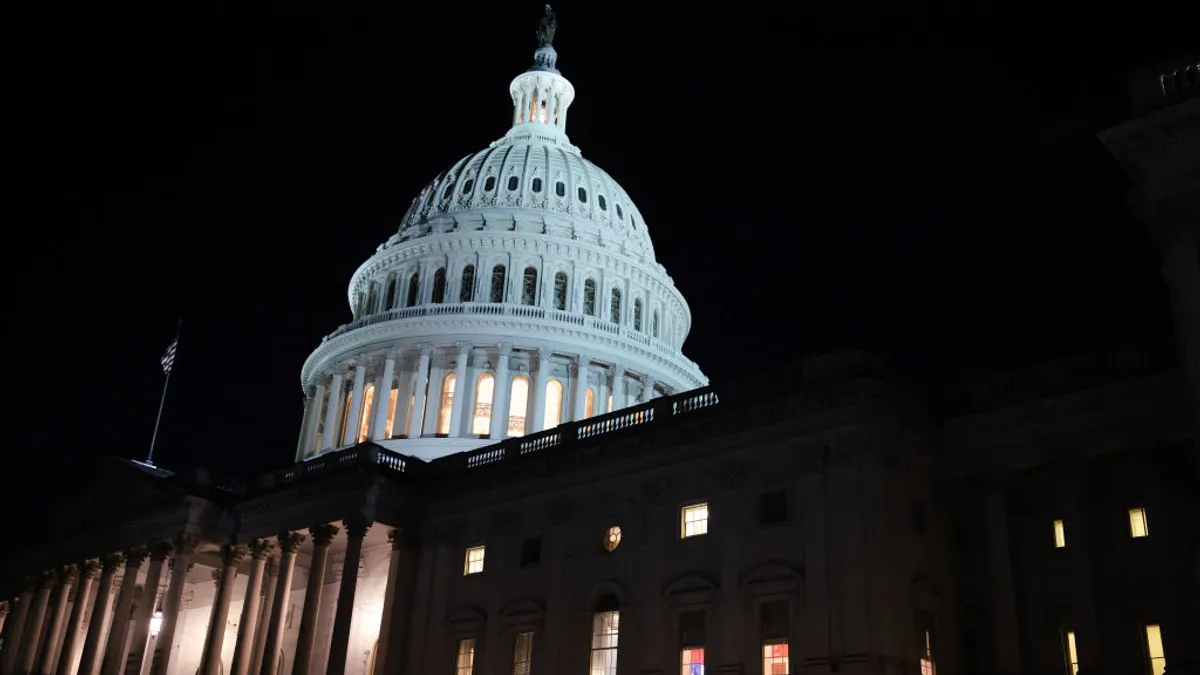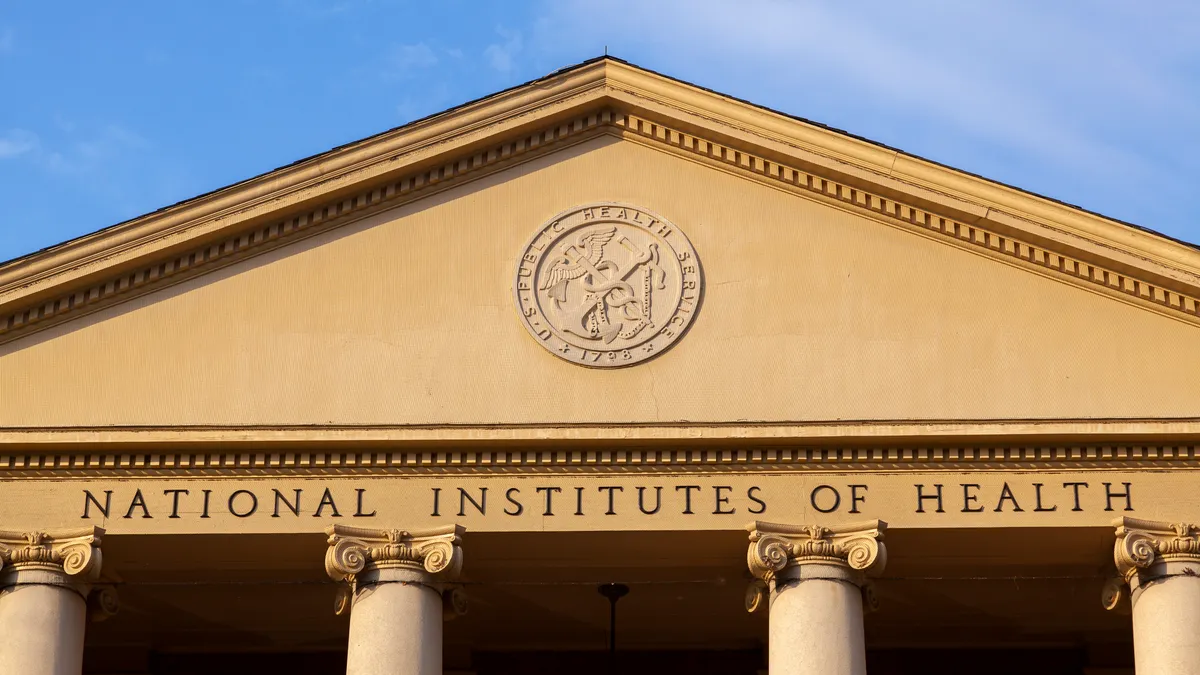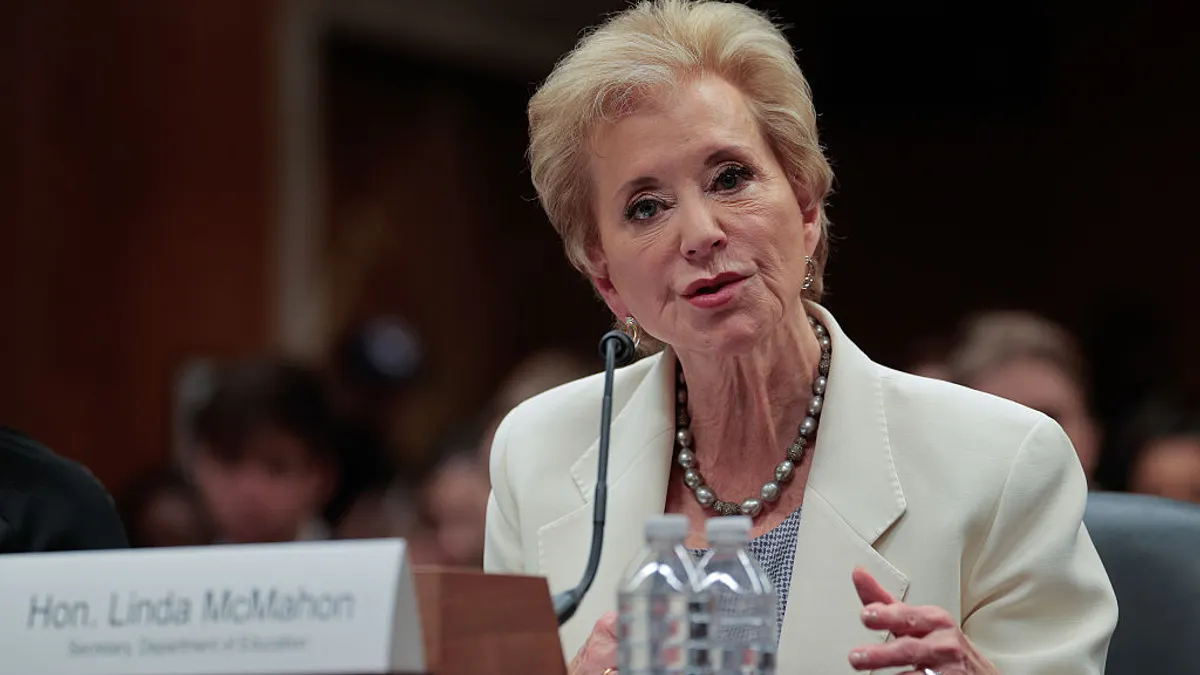The American higher education system is in for a big shake-up with the enactment of Republicans’ massive bill full of tax and spending cuts.
The Senate voted 51-50 on the package, with Vice President JD Vance casting the deciding ballot, after which the bill passed the House by a four-vote margin. President Donald Trump signed it into law on Friday, the deadline he had set for lawmakers.
One of the architects of the bill's higher ed provisions, Sen. Tim Walberg, a Michigan Republican who chairs his chamber's education committee, called it “the first set of significant conservative reforms to the higher education landscape in two decades,” adding that it would “maintain America’s world-class higher education system.”
The new law means higher taxes for some university endowments and a new college accountability system tied to financial aid, as well as several changes to the federal student aid program — including ending the GRAD Plus loan program and capping student borrowing overall — that advocates say will limit college access.
The American Council on Education on Thursday described the bill as “a significant improvement” over an earlier House version, but added that it “combines major tax changes with deep spending cuts that will carry significant negative consequences for campuses and students.”
Sameer Gadkaree, president and CEO of The Institute for College Access & Success, said in a July 3 statement, “This bill can only be described as one big mistake — the consequences of which will negatively affect college students, borrowers, and their families for years to come.”
The law cuts $300 billion in federal support to students over 10 years, including by limiting borrowing to graduate students — to $100,000 per borrower, or $200,000 for those in professional programs such as law or medicine. It would also cap Parent PLUS loans to $65,000 per student.
The caps on federal student lending will likely lead more borrowers "to pursue riskier private loans or forego further education,” Gadkaree said.
At the same time, the law culls a handful of federal student loan repayment programs down to just two choices. That reduction — billed as a simplification by supporters — which will leave many borrowers on the hook for larger monthly payments, according to TICAS.
“By increasing the amount, riskiness, and duration of student loan debt, the law directly reduces the likelihood that current borrowers and future students can do better financially than their parents,” Gadkaree said.
He also noted that the law's funding cuts to Medicaid — the largest in the program's history — and food assistance could add to the financial difficulties of attending college for many.
Aissa Canchola Bañez, policy director of the Student Borrower Protection Center, decried the law as one that will “push millions off their healthcare, leave children to go hungry, and push dreams of a college education even further out of reach for working people across this country.”
Walberg, meanwhile, said the loan system changes “increase simplicity and affordability so students don’t borrow excessive debt they can never repay.”
Changes to the federal student aid program will also bring financial impact to colleges.
Combined with higher tax rates on the wealthiest private college endowments, the bill’s aid cuts “will force even more difficult decisions on chief business officers and further strain revenue that helps make college affordable for students and families,” Kara Freeman, CEO and president of the National Association of College and University Business Officers, said in a July 3 statement.
Colleges could also be rendered ineligible to receive student loan funds entirely if their former students don’t meet new earnings measures in the bill.
However, changes to the bill narrowed the funds at stake for colleges from a previous version and tweaked the metrics to include only graduates of the programs in question. The accountability system “represents a more targeted and data-informed alternative” to the “punitive” risk-sharing proposal in an earlier House version of the bill, the American Council on Education said on July 3.
As for the endowment tax, the bill creates tiered rates that start at the current levy of 1.4% on investment earnings that rise to 4% and then 8% based on endowment assets per student. While the tax won’t cover many institutions, some colleges will now owe millions to the government each year starting in 2026.
Yale University, for example, estimated it will pay $280 million just in its first year, according to institutional leadership. Such a tax bill represents a significant break in the historic relationship between nonprofit entities and the federal government.
“This is money that would otherwise support our students, faculty, staff, and local partnerships with the city of New Haven,” Yale President Maurie McInnis said in a July 3 community message.
She added, “Taxing universities undermines the education and research that fuel life-saving medical breakthroughs, life-changing innovations, and economic growth in communities across the country and around the globe.”
Along with cuts to the federal aid program, the law expands Pell Grants to short-term programs between eight and 15 weeks in length.
TICAS argued that the law “opens eligibility for potentially high-cost, low-quality short-term programs” that could exacerbate funding pressure on the Pell program.
That assessment came even after the Senate took out a controversial provision that would have permitted Pell eligibility for unaccredited institutions. The chamber’s parliamentarian had concluded it would have violated rules governing the reconciliation process, which the Senate used to sidestep the filibuster and pass the budget bill with a simple majority vote.

















